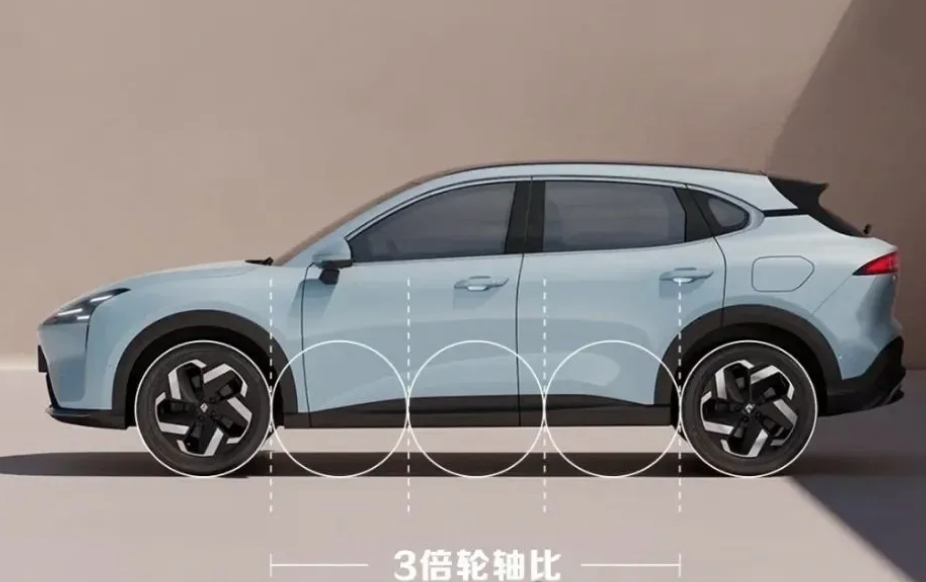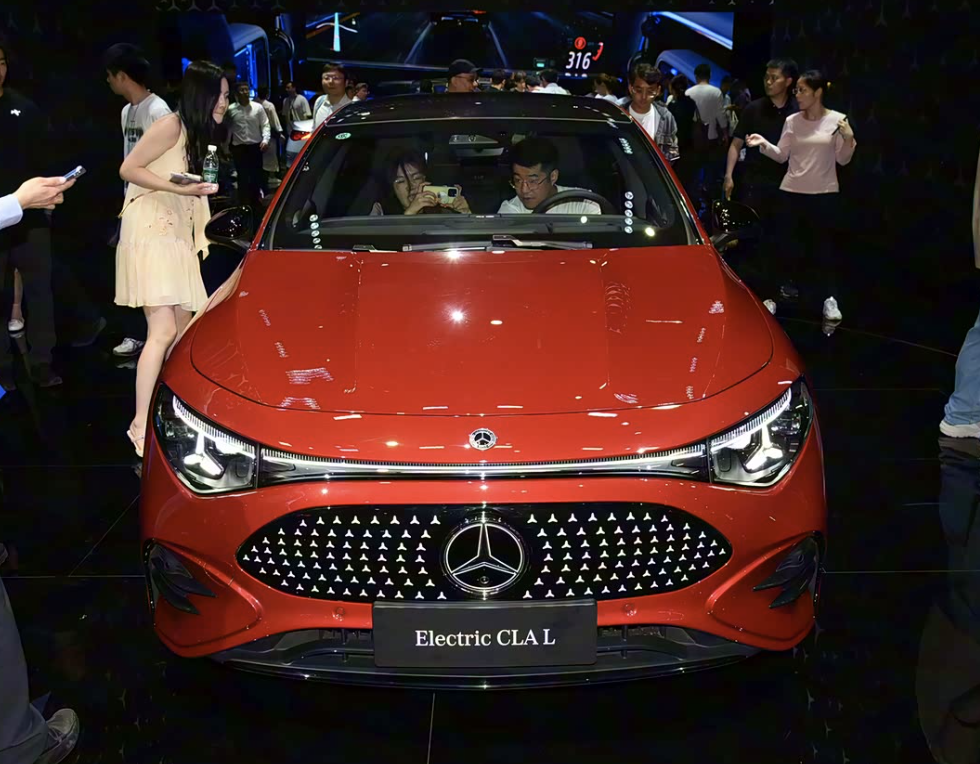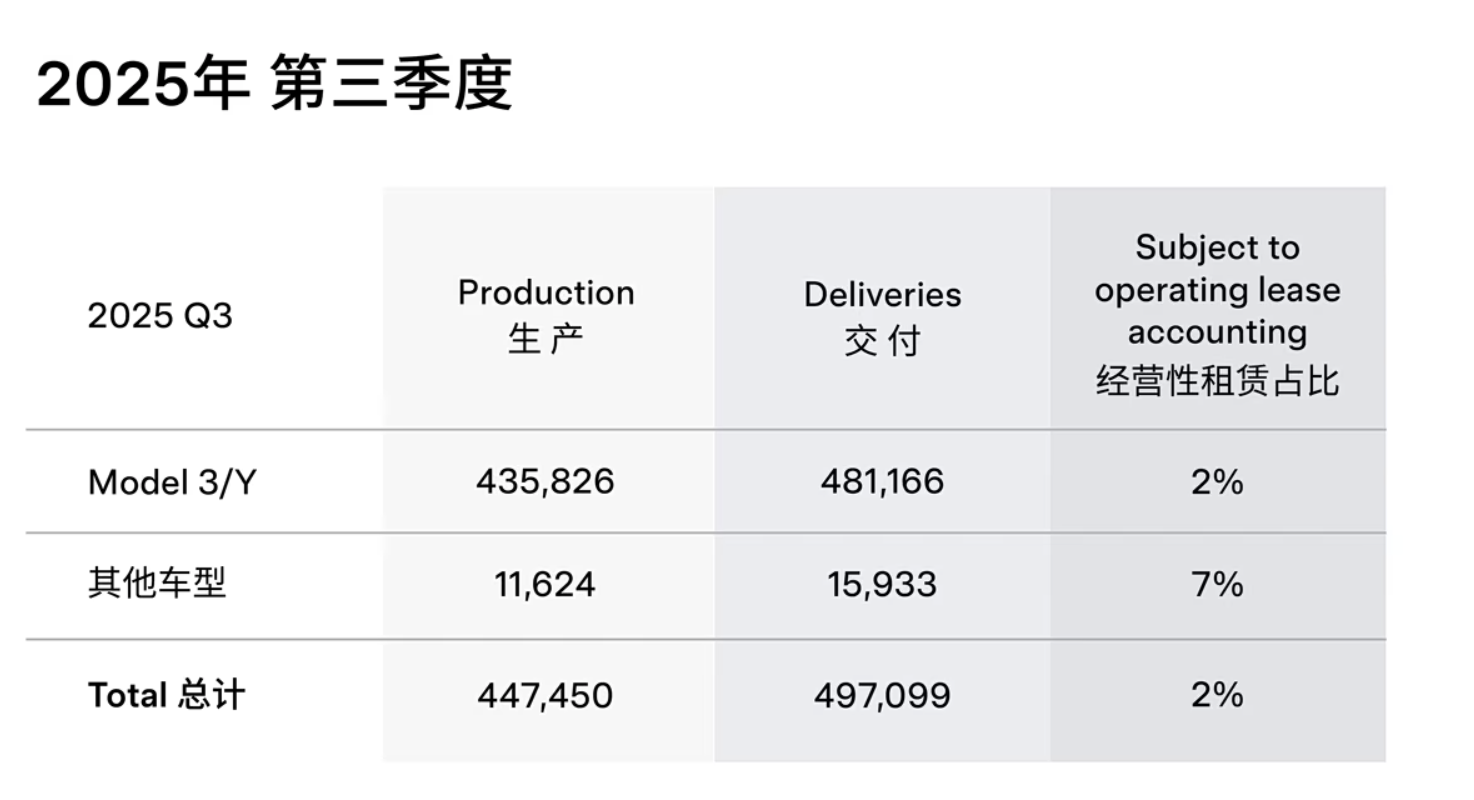Recently, the issue of “wheel-axle ratio” related to Xiaomi Auto has attracted significant attention from netizens online.

On August 14th, in response to a previous statement by Zhao Dong, Minister of Planning Department at FAW Toyota Motor Sales Co., Ltd. , who pointed out that Xiaomi YU7’s claimed “3x wheel-axle ratio” should actually be 4x, Li Xiaoshuang, Vice President of Xiaomi Auto , reposted the views of automotive blogger Chen Zheran on the incident and commented, “Each profession has its own expertise. I’ve learned something.”
According to the content of automotive blogger Dk’s views on the “Xiaomi YU7 wheel-axle ratio,” he pointed out, “Many people are debating whether the concept of ‘wheel-axle ratio’ is new. Personally, I don’t think it is. The ratio of wheel diameter to wheelbase is a very basic parameter, and similar expressions appeared in print media at least 20 years ago. It is a conventional reference for the side proportion of a vehicle, with various names.” He also noted that in the early stage of automotive design, designers often need to first determine the vehicle’s “posture” and “temperament.” The size of the wheels serves as a natural visual reference; using it, one can intuitively feel whether the body proportions are stretched or compact. As a relatively stable reference, it directly showcases the vehicle’s stance on the ground. In simple terms, it uses the wheel diameter to measure the distance between the front and rear axles — that is, how many wheels of the same size can fit between the two axles.
Regarding the wheel-axle ratio of fuel-powered vehicles and electric vehicles, the blogger pointed out that there are certain differences. In the era of traditional fuel-powered vehicles, the front-engine layout often required a longer front overhang to accommodate the powertrain, transmission, and collision buffer structures. This somewhat restricted the position of the front wheels, resulting in a relatively small range of fluctuation in wheel-axle ratios among models of the same class. Most wheel-axle ratios of luxury fuel-powered sedans in the same class ranged from 3.0 to 3.4. However, in the electric vehicle era, due to the small size and flexible layout of electric motors, coupled with the mostly flat battery chassis, the front overhang can be significantly shortened, and the front wheels can be positioned closer to the front of the vehicle. Therefore, when automotive designers sketch, they mostly draw the wheels first, determine the wheel position and the ratio of wheel diameter to wheelbase, and then derive the body shape. This is a basic method to cultivate a sense of space and proportion. In interior design, the size of the steering wheel is used as a proportional measure.
In response to Dk’s views on the wheel-axle ratio, Wang Hua, General Manager of Xiaomi Group’s Public Relations Department , also reposted the article and commented, “Xiaomi takes on the responsibility of popularizing science every time it enters an industry. As a non-professional, I’ve learned knowledge unrelated to my major~ It really is never too old to learn!”
Previously, Zhao Dong, Minister of Planning Department at FAW Toyota Motor Sales Co., Ltd. also released a video in which he pointed out that the term “wheel-axle ratio” only became popular in the automotive industry after Xiaomi YU7’s promotion. According to Lei Jun’s statement, the wheel-axle ratio is calculated based on how many tires can fit between the front and rear wheels. However, from a professional and rigorous perspective, the so-called wheel-axle ratio should be calculated as the ratio of wheel diameter to the wheelbase (distance between front and rear axles).
Zhao Dong’s statement has been endorsed by many industry insiders. Some insiders pointed out that there is indeed no concept of “wheel-axle ratio” in automotive theory; instead, there is the concept of “track ratio coefficient,” referred to as “track ratio,” which refers to the proportional relationship between wheel diameter and the length of different parts of the vehicle. The “wheel-axle ratio” proposed in Xiaomi Auto’s promotion is actually the track ratio of the vehicle’s length. The reason for the different results regarding the “wheel-axle ratio” in Xiaomi Auto’s promotion mainly stems from different definitions of the term.


